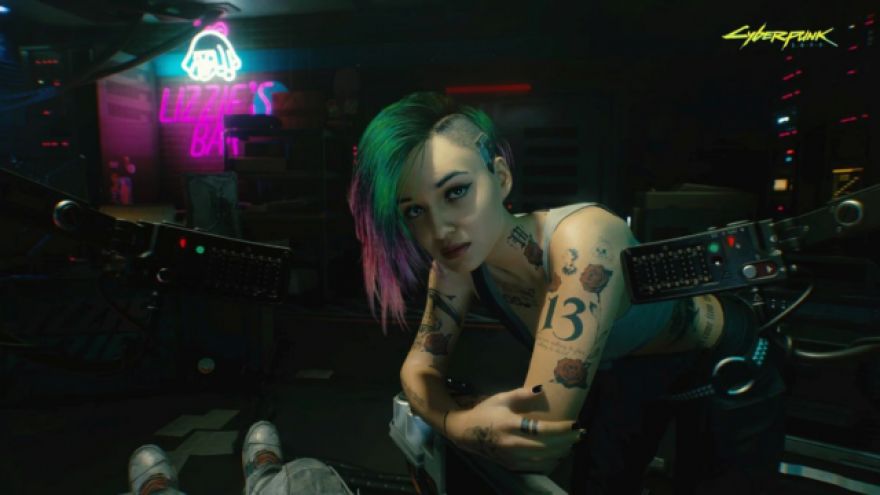
One of the most compelling features of Nvidia’s new RTX 40-series GPUs is its third-generation Deep Learning Super Sampling (DLSS). It’s supposed to be exclusive to the 40-series and is responsible for a lot of the big improvements in frame rates, according to Nvidia’s benchmarks. The company says it can more than double the frame rate in supported titles. Nvidia says if you want the absolute best performance in compatible games, you’ll need a 40-series GPU and DLSS 3. At least, that’s the marketing line from Nvidia. It’s been previously stated that DLSS 3 might work on older GPUs but not well, but that may not be the case.
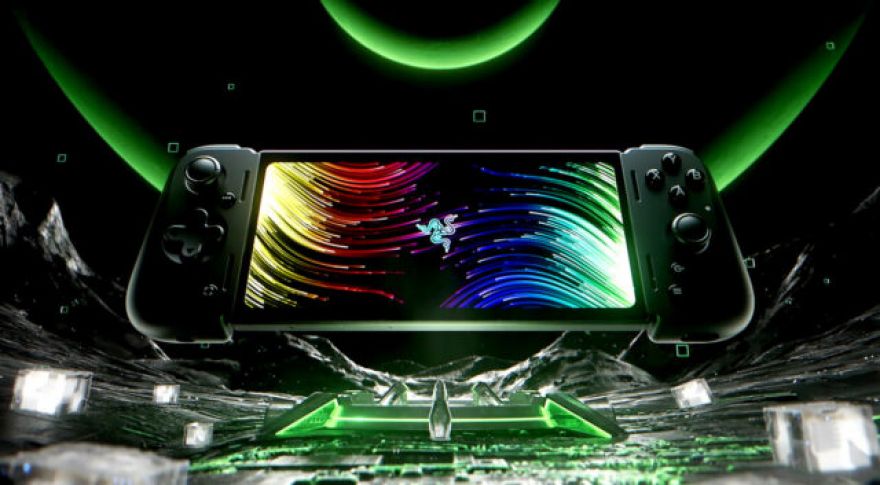
Razer recently, and we didn’t have to wait long for the full unveiling. At RazerCon this past weekend, the company laid out all the details for its upcoming Razer Edge gaming device, which is as much a tablet as it is a traditional handheld. The Edge will be available in Wi-Fi-only as well as 5G in partnership with Verizon, but we only know the pricing for the Wi-Fi edition: $399.99. That’s $50 more than the base price of the new . The previous teaser was almost suspicious in its brevity, offering just a few seconds of the device in between all the flashy glowing Razer logos.

(Image: Activision Blizzard)Activision might be gearing up to customize its game soundtracks for individual players. According to a fresh patent, the developer is exploring the feasibility of using a player’s tastes, behavior, and other factors to tweak the background music in real time. The patent, which was first by eXputer over the weekend, focuses on “dynamically generating and modulating music based on gaming events, player profiles, and/or player reactions.” One part of the system would use machine learning algorithms to gather the information upon which each soundtrack would be based. This information would then feed into another component, called the dynamic music generation module, which would be responsible for producing music specifically for the player in question.
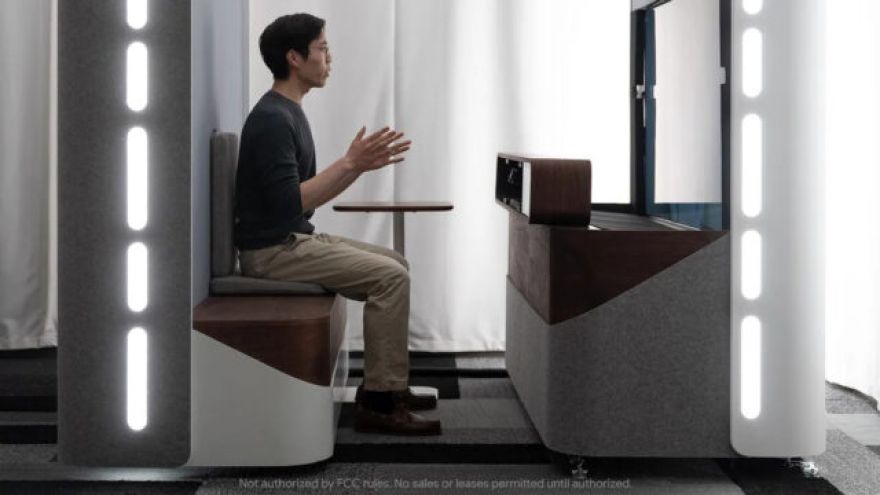
(Photo: Google)The last few years have only proven how essential face-to-face interaction can be, whether that’s in person or through a virtual platform. There’s no denying that the latter typically feels a bit awkward, though, and staring at a tiny rectangle during a long FaceTime session eventually gets uncomfortable. But what if you could feel like you were actually sitting across from your friend or family member—without having to traverse oceans or timezones? That’s the idea behind Google’s Project Starline, a holographic, three-dimensional “telepresence” platform that practically plops loved ones right in front of you. Project Starline works by using more than a dozen cameras and sensors to scan approximately one cubic meter of space, in which you (and on the other end, the person you’re calling) sit.
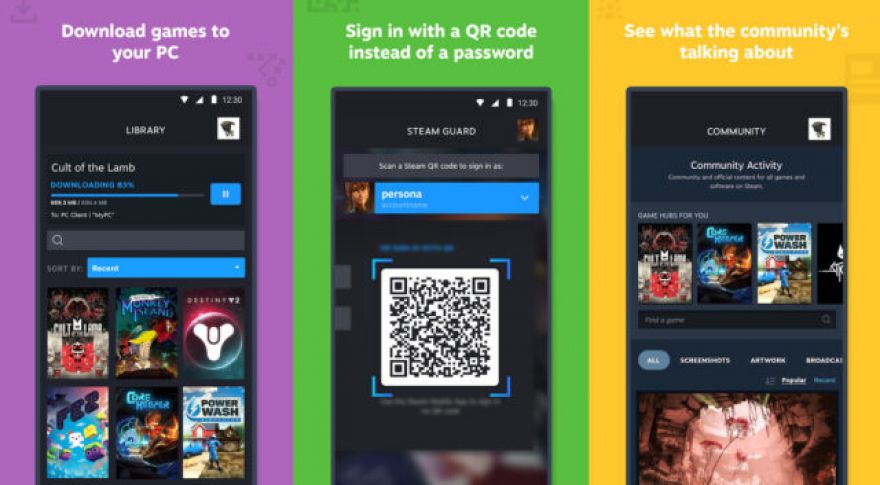
Valve has offered mobile apps on Android and iOS since the early days of the smartphone era, and it’s barely improved the apps since then. That’s changing at last with a complete revamp for the Steam Mobile app. The new version, now live on both platforms, has a more functional design, additional login options, and the ability to remotely install games on your PC. Prior to this redesign, the Mobile app was essentially a wrapper for the mobile website. It was probably worse than just using your browser, though. Navigation was clunky, text didn’t flow properly, and it was prone to crashing.

(Photo: Etactics Inc/Unsplash)When you first hear that a woman in Scotland is able to smell Parkinson’s disease, it’s fair to be skeptical. But 72-year-old Joy Milne’s strange capacity for sniffing out illness is reportedly so accurate that she rarely misses—and diagnostic laboratories are asking for her help. Milne first made headlines back in 2015. Her husband, who Milne thought had been emitting an unusual odor for a few years, had just been diagnosed with Parkinson’s and was attending charity meetings with other patients. When Milne tagged along, she that other people at the meetings shared her husband’s musky smell.
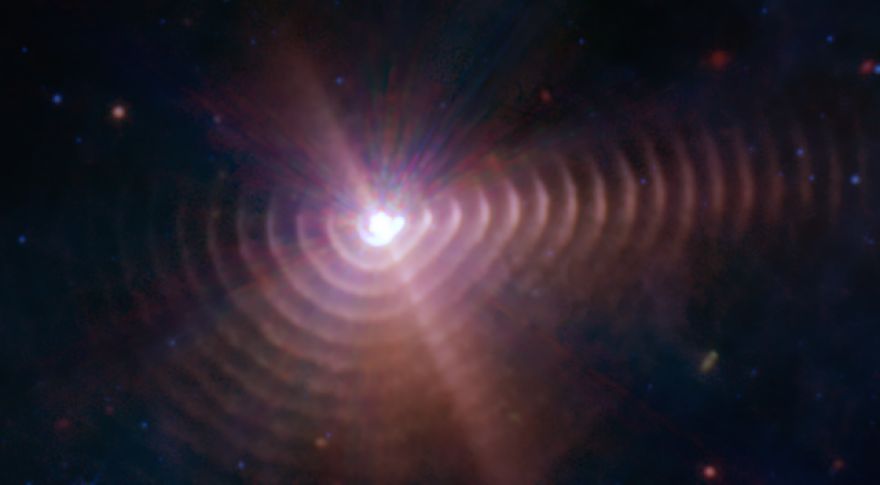
Welcome to This Week in Space for the second week of October. We’ve got exciting new discoveries from the JWST, ripples in the heliopause, a new solar observatory from China, and an absolutely-guaranteed-100-percent-can’t-possibly-miss launch date for NASA’s SLS Artemis 1 launch. Plus, this week NASA confirmed that its DART asteroid redirection test was, quite literally, a smashing success. NASA Now Targeting November for Artemis 1 launch After several setbacks, NASA is targeting a new launch window for the Artemis 1 inaugural flight. If all goes well, the rocket will launch at 12:07 AM on Nov. 14.

This past summer, Zuckerberg slam-dunked us all into the Uncanny Valley with his soulless new Meta avatars. For reasons beyond human understanding, Zuck and his cult of Snow Crash-worshipping yes men have been bent on turning Meta’s zombie SecondLife clone VR social network, Horizon Worlds, into a kind of augmented-reality filter superimposed over the real world, in just the way that Facebook seeped into every corner of our current social reality. Now, Microsoft and Meta have decided to bring a ton of Microsoft products into the Metaverse, including Windows, Office, Xbox, and Teams. “People will be able to join a Teams meeting directly from Workrooms,” said Meta CEO Mark Zuckerberg during the announcement at MetaConnect.

With the launch of Nvidia’s RTX 4080 GPUs, plural, on the horizon, the company has taken an unprecedented step: It’s “unlaunching” the RTX 4080 12GB. As you might recall, this GPU was widely mocked for being a RTX 4080 while offering specs similar to previous x70 GPUs. That includes using a smaller AD104 die, a lot fewer CUDA cores, and a narrow 192-bit memory bus. Nobody was happy with this situation, as Nvidia has never offered two GPUs with the same name and different specs before. Why it chose to do so this time will be a mystery for the ages.









